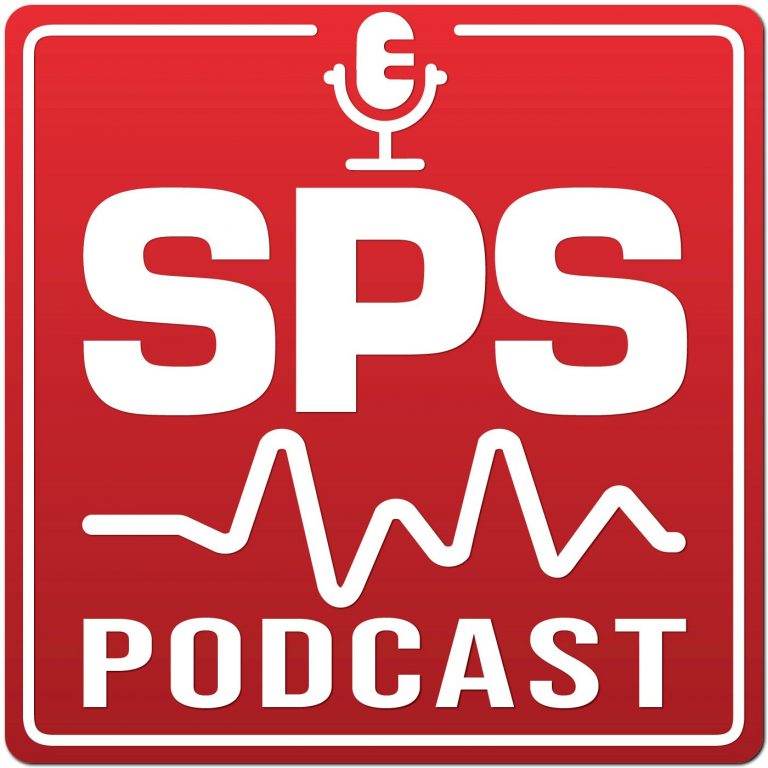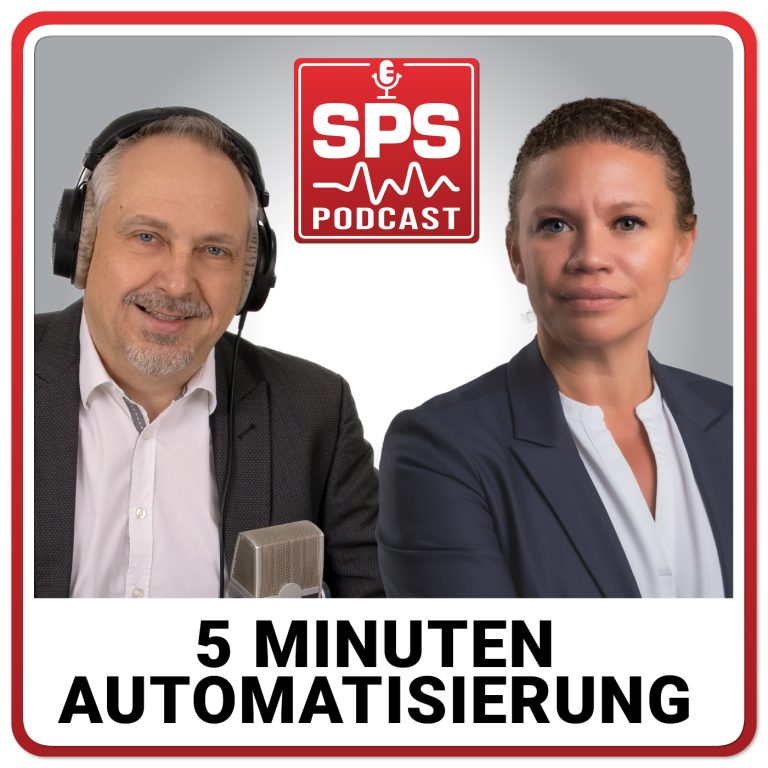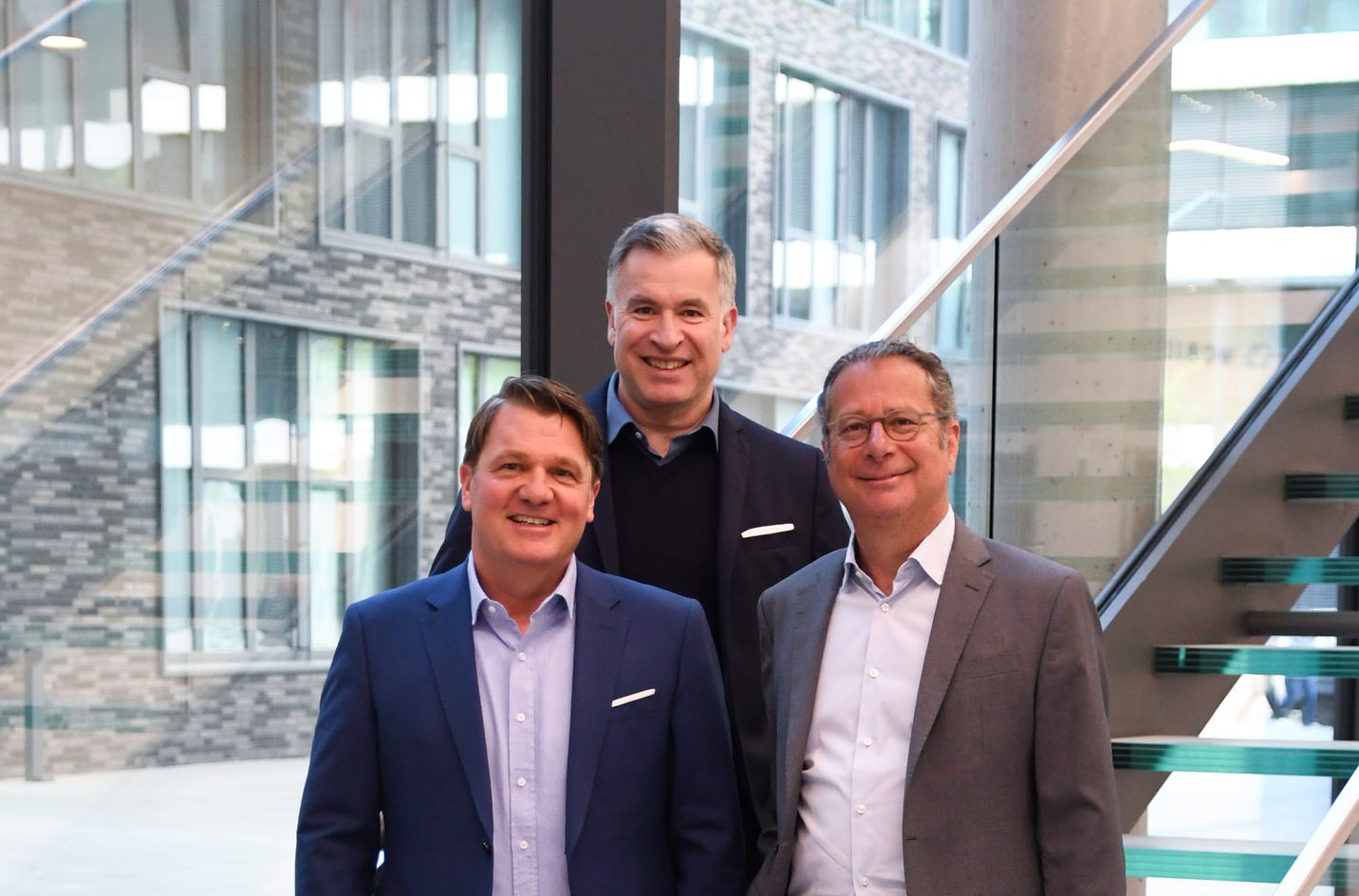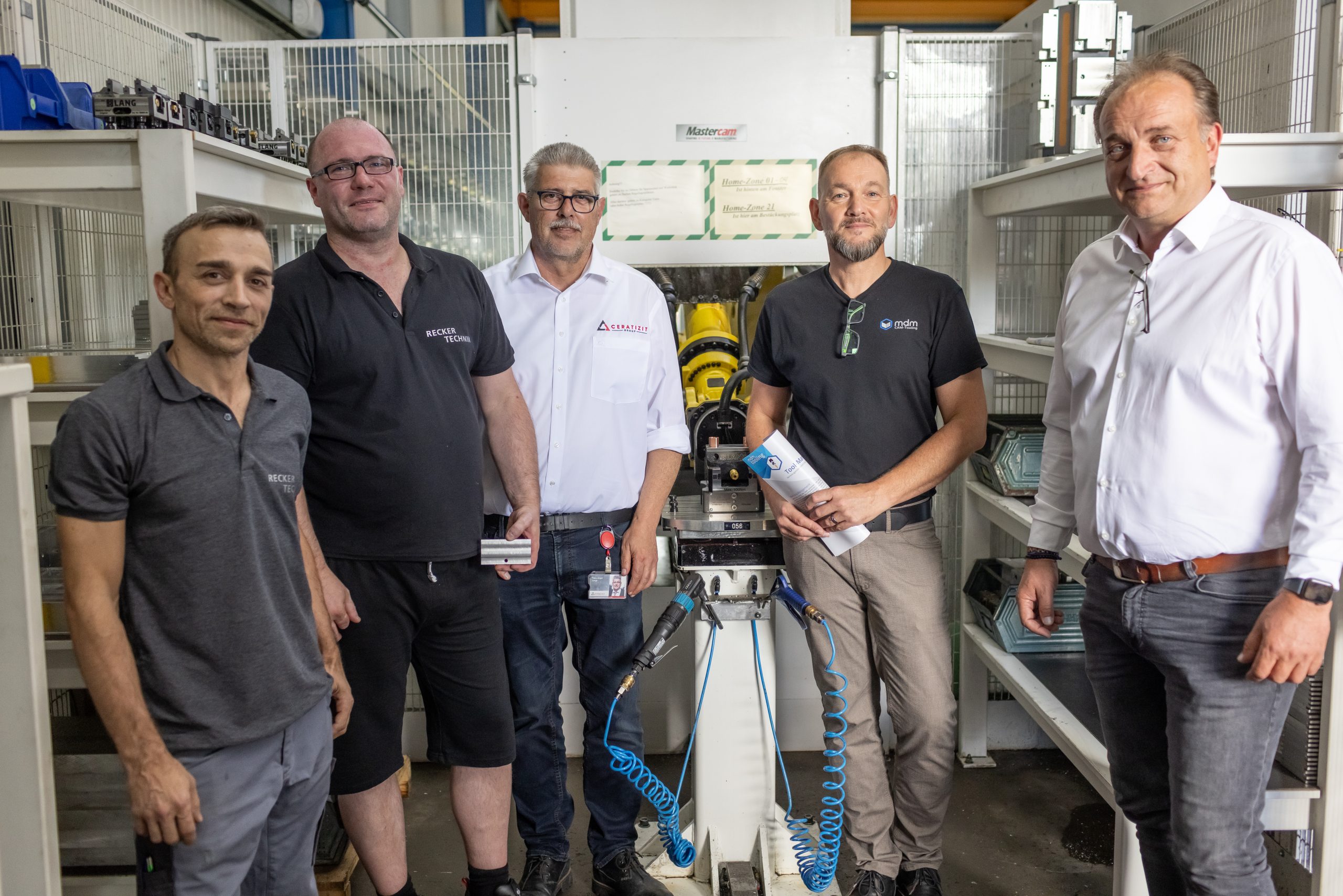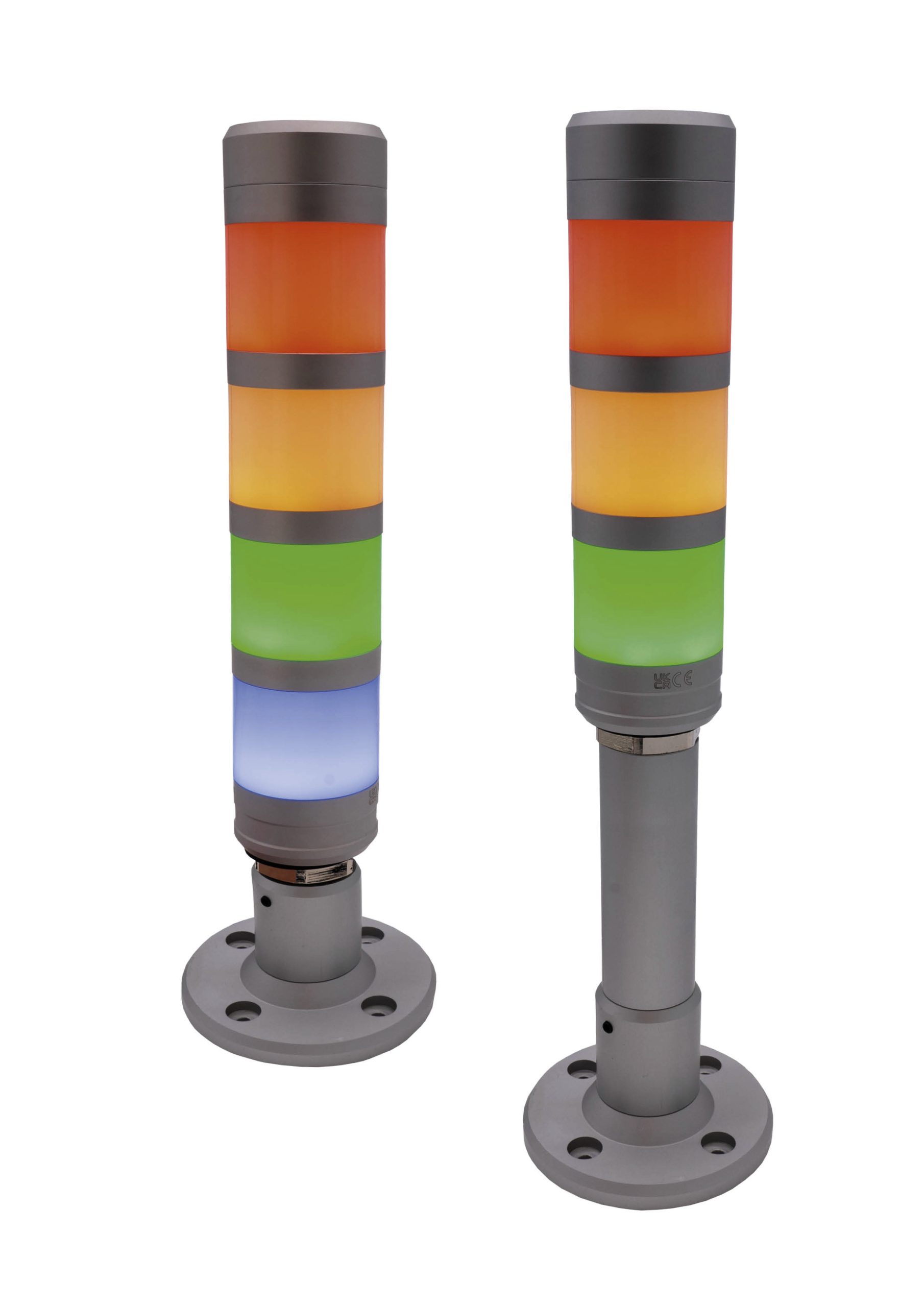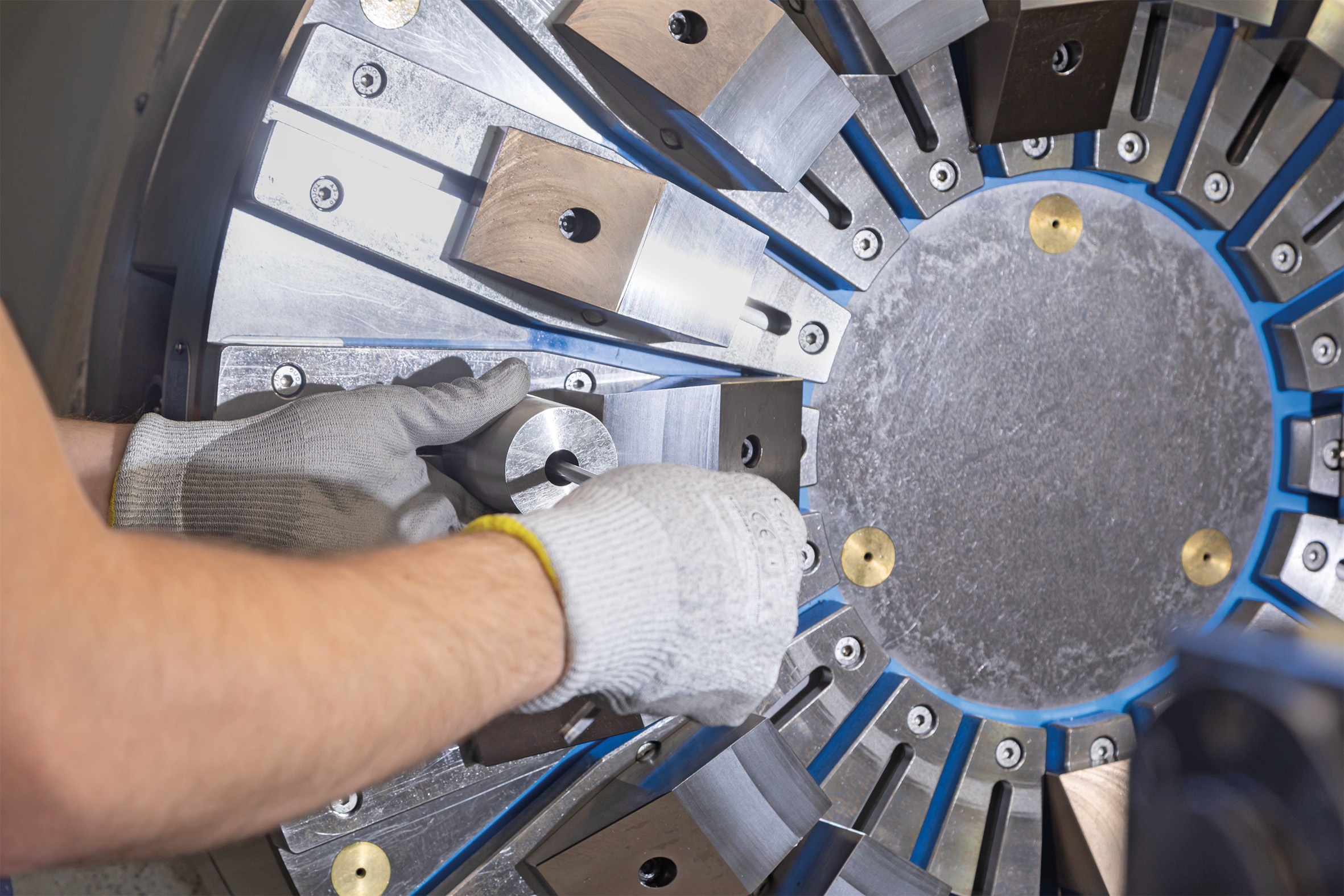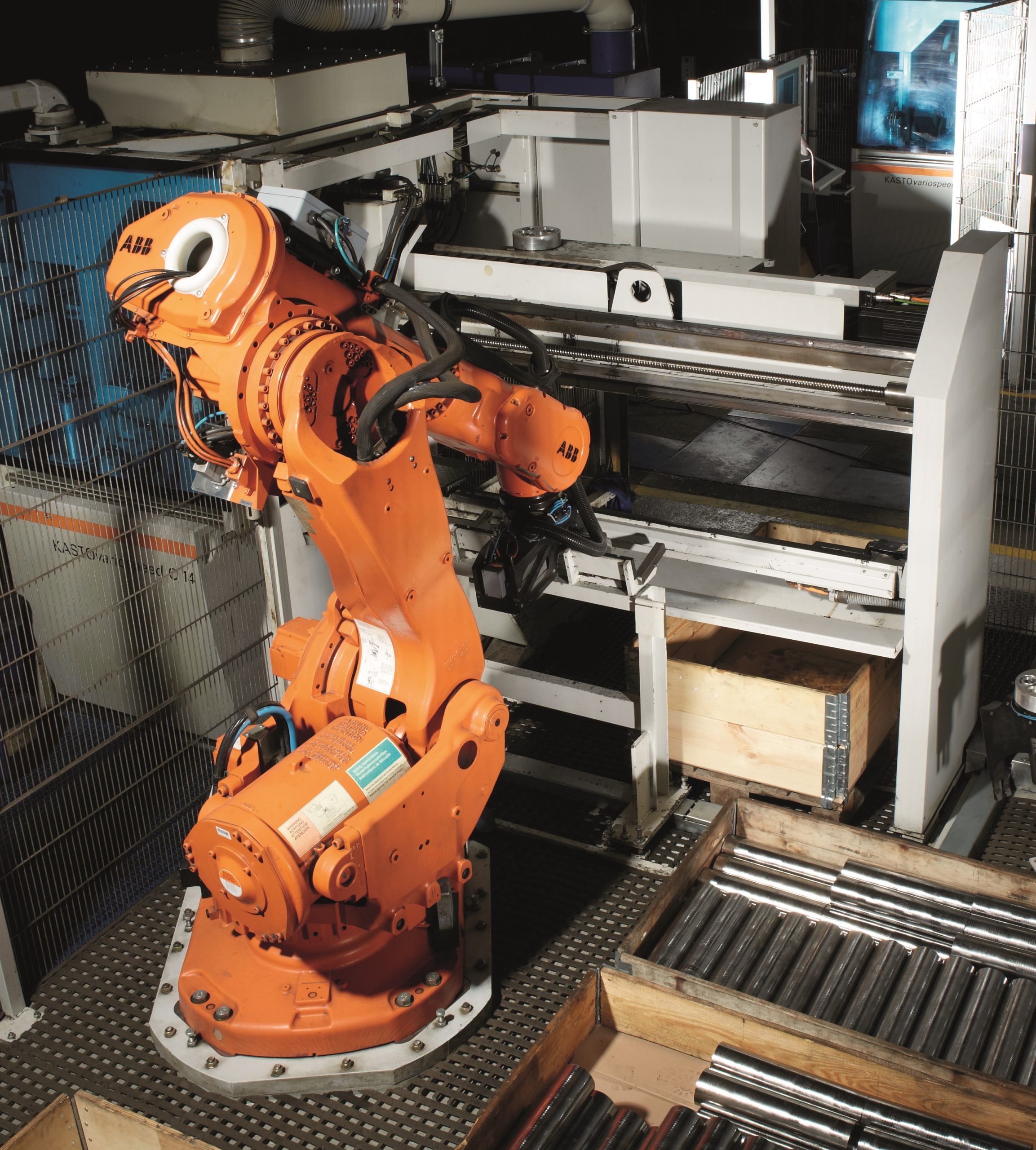We have written about the Internet of Things in Automation World many times. One of the puzzling things about the term, though, is its metamorphosis. You may also have heard the term \’Machine-to-Machine\‘ or M2M. The idea at the time was that machines of various types could communicate without human intervention. Then came the \’Pervasive Internet\‘. Industry pundit Jim Pinto writes a column for me every month. He invested in some research and conversations on the subject. He and I have come to a meeting of the minds on the importance and technologies behind this coming phenomenon. I just have trouble with his assertion that Zigbee will be the network of choice. The first couple of iterations of Zigbee was robust enough for such applications as monitoring heating/cooling units in motels. It has not been robust enough for industrial automation. People promise me that the next revision of the specification will be soon. When I see it, I\’ll let you know. It is more likely that the Internet of Things in industry will begin with Wire- lessHart and then grow from that base. The Internet of Things is shorthand for many, if not most, devices communicating amongst each other via the Internet. For industrial automation, it started out 10 years ago as the idea of machine builders being able to \’listen in\‘ as their machines were used in order to collect information for future product development or for the ability to sell additional service. Now we envision the future of multitudes of intelligent, connected sensors and other devices feeding data about the status of every facet of plant or factory operation. In this manner, plant operations managers and engineers will be able to control and optimize more than just a single loop. They\’ll be able to begin optimizing a plant. The next big thing\‘ we need to realize this vision is the development of reasonably inexpensive intelligent, connected sensors. Once again, commercial technology development will lead the way. In his talk broadcast over the Web via IT Conversations (itc.conversationsnetwork.org, Szymon Slupik talked about the evolution of the mobile phone. Part of the talk focused on the development of smart sensors integrated in or networked to mobile phones. Sensors are being developed rapidly. If they are inexpensive enough for mobile phones, surely they will be reasonably priced for industry. I have a vision, and I know I\’m not alone, of a future where we make manufacturing an even greater competitive advantage for our companies. And we\’ll even learn how to explain that to the executive suite. We\’re getting there.
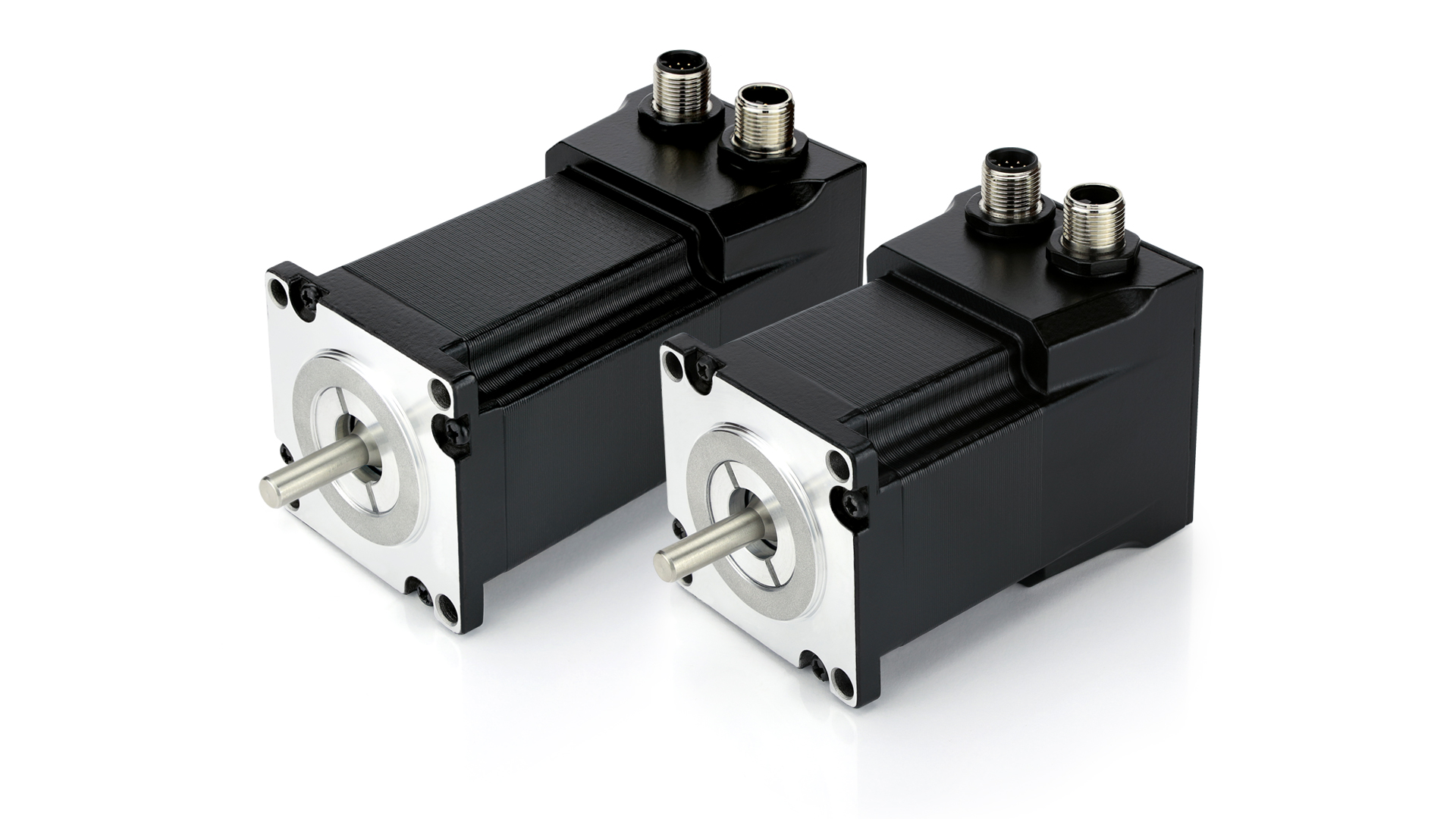
Neuer Schrittmotor mit UL/CSA-Zertifizierung
Nanotec erweitert seine Produktpalette um den Hightorque-Schrittmotor ASA5618.
